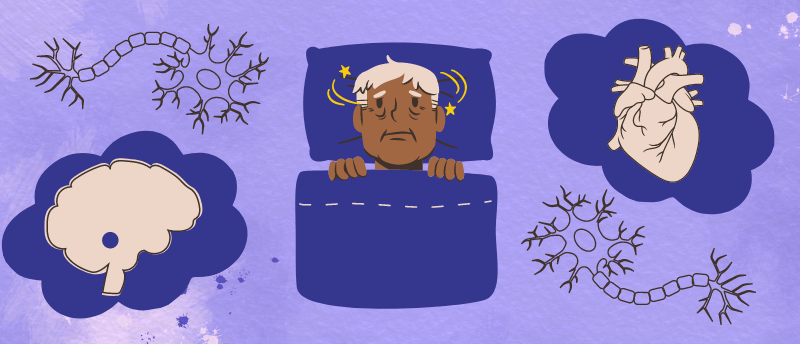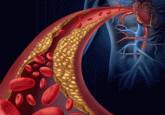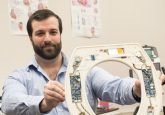Role of ganglia in heart-disease-associated sleep disturbance

Researchers report a previously unknown role of ganglia, clusters of nerve cell bodies, in sleep disturbances frequently experienced by people with heart disease.
Approximately one in three people with heart disease experience sleep problems. It was already known that levels of melatonin, the sleep hormone, can decrease in people with heart disease. However, a team at the Technical University of Munich (Germany) have newly discovered that there is a direct cause for sleep disturbances in people with heart conditions.
The team investigated how problems with the heart muscle affect the pineal gland, an organ located inside the brain that produces melatonin. Both the pineal gland and the heart are controlled through the autonomic nervous system; the nerves in this system originate in the ganglia, in addition to other places. One of the ganglia that is of particular importance to both the heart and pineal gland is the superior cervical ganglion (SCG).
 Scientists use shopping carts to diagnose atrial fibrillation
Scientists use shopping carts to diagnose atrial fibrillation
Researchers have conducted a study where they embedded electrocardiogram sensors in the handles of shopping carts to identify people with atrial fibrillation.
When mice with heart disease were studied, the team discovered that macrophages, cells that eat dead cells, accumulate in the SCG; however, the mechanism behind this is still unknown. The macrophages induced inflammation and scarring of the SCG and thus the destruction of nerve cells. In mice with advanced heart disease, they found fewer axons connecting the pineal gland to the nervous system. There was also less melatonin in their bodies, and their circadian rhythm was disrupted. Similar effects were seen in humans. The team investigated the pineal glands of nine heart patients and found both fewer axons compared to a control group as well as scarred, noticeably enlarged SCG.
The team hypothesized that the negative effects of dead axons become permanent when the heart disease progresses to an advanced stage. When investigating mice with early stages of heart disease, the researchers used drugs to successfully return melatonin production to normal levels by destroying macrophages in the SCG. Karin Ziegler, the first author of the study, stated, “first, this demonstrates the role of the ganglion in this phenomenon. And second, it inspires hope that we can develop drugs to prevent irreparable sleep disturbances in heart disease.”
Along with these promising findings, the researchers see this study as a reason to look at ganglia from a new point of view. Novel techniques, such as spatial single-cell sequencing, have allowed individual nerve cells to be investigated much more closely. This may prompt researchers to start searching for connections between diseases in organs that are connected through ganglia.
As the size of the SCG was enlarged in the nine patients with heart disease, the researchers also hypothesize that checking the size of the ganglion through standard ultrasound machines could be used as a diagnostic tool. If the SCG was found to be enlarged, further studies can be carried out to check for heart disease.





